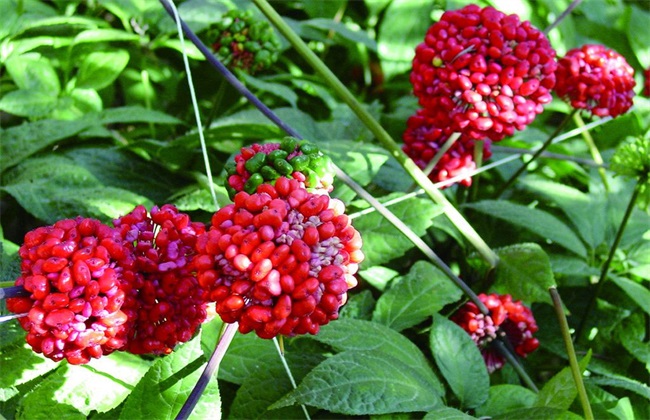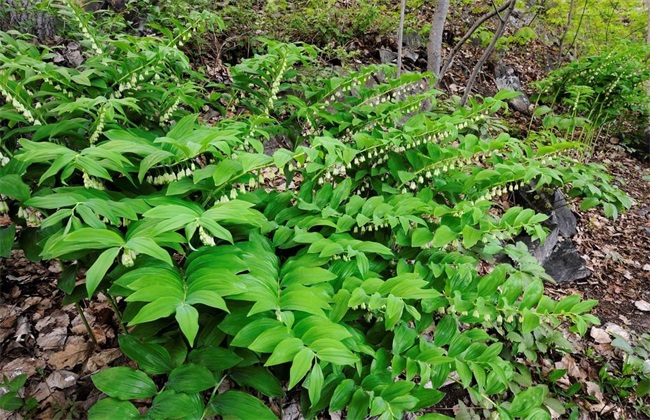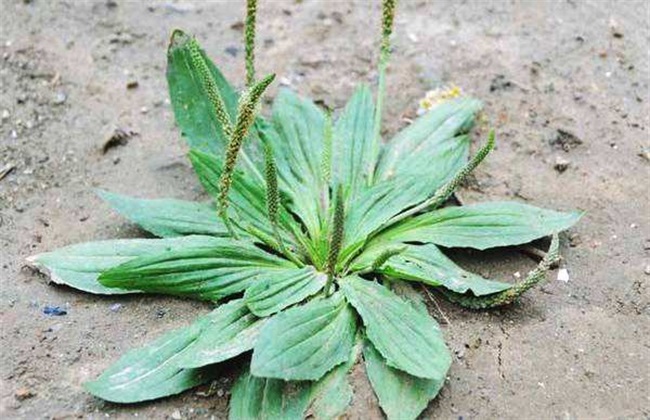High-yield cultivation techniques of Panax Notoginseng
Panax notoginseng is a famous important Chinese herbal medicine, mainly collected underground rhizomes as medicinal materials, the main production area is in Wenshan, Yunnan Province, Panax notoginseng is mainly used to treat hemoptysis, hematochezia disease. It belongs to the genus Ginseng of Araliaceae, so it is a precious medicinal material with good medicinal effect. Now there is a certain time for artificial cultivation, but to cultivate Panax notoginseng, we must obtain high yield in order to obtain higher economic benefits. Let's learn about specific cultivation techniques for high yields.

1. Land selection and preparation
Choose slope in 10 degrees or so gentle slope planting best, gentle slope drainage is more smooth, will not accumulate water, soil is best deciduous humus soil, had better not planted solanaceous vegetables before, to plant soybean land is best. Before turning over the soil, the whole field can be sown with grass and burned to disinfect and kill insects. ploughing into an mu of organic fertilizer 2000 jin. Cultivate land, level the land, and make a ridge, preferably 1.2 meters wide and long according to the terrain.
2. Seed and seed disinfection
The seeds are picked from healthy mother plants during seed setting every year, and the seeds are screened to leave the most plump, good color and complete seed storage. Seed drying is easy to lose vitality, it is best to keep seeds in clean shade 2 indoor stratification. Before sowing, we should use 50 ℃ hot water to stir and soak seeds for 20 minutes, then soak seeds with seaweed solution for 10 minutes, drain and sow again.
3. Sowing seedlings
Direct drilling, evenly seeded in furrows, covered with organic manure mixed with soil, and then covered with straw to maintain soil moisture. It can also be covered with gray film after watering, and the heat preservation and moisture retention are good. Watering every day before emergence, it is best to raise seedlings in greenhouses, and then the temperature and humidity can be regulated when raising seedlings in greenhouses. After emergence, water less, after the seedlings are neat, divide the seedlings once, remove the weak diseased seedlings, water before transplanting, plant spacing 15 cm and row spacing 20 cm.
4. Field management
Found weeds must be removed, can not compete for nutrients, panax notoginseng root shallow, easy to expose roots after rain, found to be timely cultivated soil cover. Strong light is not conducive to growth, to build shade planting, but too little light will also occur disease, poor growth. So the final transmittance is about 50%. Fertilization should be a small number of times, mainly potassium phosphate fertilizer, seedling stage can be scattered twice plant ash, expansion stage of 30 jin calcium fertilizer. When pulling hair moss, you can pinch it to reduce consumption. The main control blight, blight, mites.
5. Harvest treatment
To reach the standard of sale, Panax notoginseng must be harvested, dried and sold again. After harvesting, the attached soil should be cleaned, and then the fibrous root system should be trimmed, dried, rubbed and dried directly. Put it into the husk and bury it for a while, and the appearance will be shiny.
To cultivate Panax notoginseng with high yield, in fact, it is necessary to do better in the details of planting process, and then manage more carefully and thoughtfully, provide the most suitable environmental conditions for growth and development, ensure sufficient nutrition, maintain good growth potential, and then grasp the key period management of flowering and expansion period.
Related
- Fuxing push coffee new agricultural production and marketing class: lack of small-scale processing plants
- Jujube rice field leisure farm deep ploughing Yilan for five years to create a space for organic food and play
- Nongyu Farm-A trial of organic papaya for brave women with advanced technology
- Four points for attention in the prevention and control of diseases and insect pests of edible fungi
- How to add nutrient solution to Edible Fungi
- Is there any good way to control edible fungus mites?
- Open Inoculation Technology of Edible Fungi
- Is there any clever way to use fertilizer for edible fungus in winter?
- What agents are used to kill the pathogens of edible fungi in the mushroom shed?
- Rapid drying of Edible Fungi



